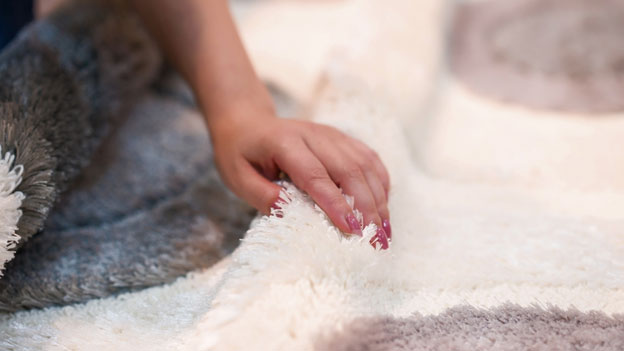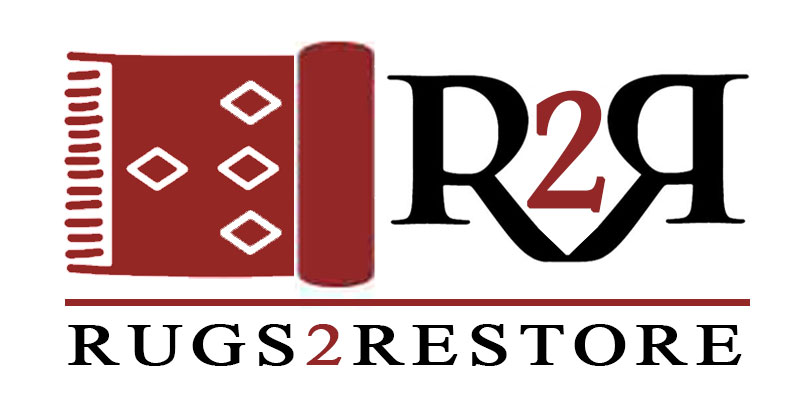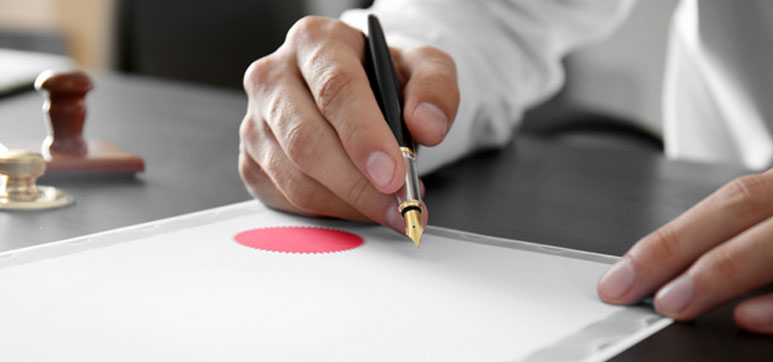Hey there, rug enthusiasts and homeowners alike! Have you ever wondered about the true value of that beautiful rug adorning your living room? Or you’re a collector with a growing assortment of exquisite rugs from around the world. Well, we’ve got just the thing for you: rug valuation certificates! In this blog post, we’ll dive into the fascinating world of Persian rug valuation certificates and explore why they are an absolute must-have for any rug owner. So, grab a cozy seat, and let’s unravel the hidden treasures behind these valuable certificates. Prepare to be amazed by the insights they provide, from establishing authenticity and origin to determining fair market value. It’s time to elevate your rug knowledge and discover the numerous benefits of rug valuation certificates. Let’s get started!
What Is A Rug Valuation Certificate And Why It Is Important?
A rug valuation certificate is a document that holds the key to unlocking the secrets of your cherished rug’s worth. It’s like a passport that takes you on a journey into the intricate details and hidden stories woven into each fiber. This certificate is the result of a thorough assessment conducted by professional rug appraisers who possess a wealth of knowledge and expertise in the world of rugs. They carefully examine your rug, scrutinizing its materials, craftsmanship, design, and even its historical context.
The aim is to provide you with an accurate and comprehensive understanding of your rug’s authenticity, origin, and market value. It’s not just a piece of paper; it’s a gateway to unveiling the true significance and worth of your rug.
Whether you’re a rug enthusiast, a proud owner of a family heirloom, or simply someone who wants to ensure the fair value of their rug, a rug valuation certificate is an invaluable asset. It empowers you with the knowledge and confidence to make informed decisions, whether you’re considering selling, insuring, or passing down your rug through generations. So, if you’ve ever wondered about the hidden treasures within your rug, a rug valuation certificate is the key that unlocks its mysteries and helps you appreciate its true value.
How Rug Valuation Certificates are Obtained

Obtaining a rug valuation certificate is a meticulous process that involves the expertise of professional rug appraisers. These experts have dedicated their careers to understanding the intricate world of rugs and possess the necessary skills to evaluate and assess their value accurately. Here’s a glimpse into how rug valuation certificates are obtained:
- Finding a Professional Rug Appraiser: The first step is to seek out a reputable rug appraiser who specializes in assessing rugs. Look for appraisers with years of experience, relevant certifications, and a track record of providing reliable valuations.
- Physical Examination and Documentation: The appraiser will physically examine your rug in detail. They will carefully analyze its materials, construction techniques, design motifs, and overall condition. They may also take high-quality photographs and document specific details contributing to its value.
- Authentication and Research: Authenticating the rug is crucial to establish its origin and authenticity. The appraiser will conduct thorough research, consult reference materials and historical records, and even contact experts or museums specializing in rugs from the same region or period. This step ensures accurate documentation and helps uncover any unique historical or cultural significance associated with the rug.
- Persian rugs Evaluation and Valuation: Once the authentication and research are complete, the appraiser proceeds with the evaluation process. They consider various factors such as the rug’s age, condition, materials used, craftsmanship, design complexity, and cultural significance. This comprehensive evaluation enables them to assign a fair market value to the rug.
- Certificate Creation: Based on their findings, the appraiser prepares the rug valuation certificate. This document contains detailed information about the rug, including its origin, materials, dimensions, design characteristics, historical context, and the appraiser’s professional opinion regarding its value. The certificate may also include photographs and any supporting documentation.
It’s important to note that the process and level of detail may vary depending on the appraiser and the rug in question. However, a reliable rug appraiser will follow a systematic approach, ensuring transparency, accuracy, and adherence to industry standards. By seeking the services of a professional rug appraiser, you can obtain a comprehensive and trustworthy rug valuation certificate that provides you with invaluable insights into the true value of your rug.
Choosing a Reliable Rug Appraiser
When it comes to choosing a reliable rug appraiser, there are several factors to consider to ensure that you receive an accurate and trustworthy valuation. Here are some key considerations:
- Experience and Expertise: Look for appraisers with substantial experience in the field of rug appraisal. Consider their years of practice, specialization in rugs, and their knowledge of different rug types, materials, and styles. An experienced appraiser is more likely to provide a thorough and accurate assessment.
- Qualifications and Certifications: Check if the appraiser holds relevant qualifications or certifications from recognized organizations or institutions. These credentials validate their expertise and adherence to professional standards in the industry.
- Professional Affiliations: Appraisers who are members of reputable professional associations or organizations demonstrate their commitment to ethical practices and ongoing professional development. Such affiliations can provide reassurance regarding their credibility and dedication to the field.
- References and Reviews: Seek recommendations from trusted sources or request references from the appraiser. Reading reviews or testimonials from previous clients can provide valuable insights into their reputation and the quality of their work. Look for appraisers with positive feedback and satisfied customers.
- Transparency and Documentation: A reliable appraiser will follow a transparent process and provide detailed documentation to support their valuation. They should be willing to explain their methodology, answer any questions you may have, and provide a comprehensive report that includes all relevant details of the rug and its valuation.
- Continuous Learning and Industry Involvement: Rug appraisal is an ever-evolving field, and appraisers who actively engage in continuous learning and stay updated with industry trends are more likely to provide accurate and up-to-date valuations. Consider whether the appraiser participates in workshops, conferences, or educational programs to enhance their knowledge and skills.
By considering these factors and conducting thorough research, you can find a reliable rug appraiser who possesses the necessary experience, expertise, and integrity to provide you with a trustworthy valuation. Remember, choosing the right appraiser is crucial to ensure that you receive a comprehensive and accurate rug valuation certificate that reflects the true value of your treasured rug.
Conclusion
Obtaining a rug valuation certificate is essential for any rug owner who wants to understand the true worth of their rug. These certificates offer numerous benefits, including establishing authenticity, determining fair market value, facilitating insurance coverage, and aiding in buying and selling transactions. By considering factors such as material, age, condition, design, and cultural significance, rug appraisers provide valuable insights into the value and historical importance of rugs. When choosing an appraiser, prioritize experience, expertise, and transparency to ensure accurate and trustworthy valuations.
FAQs
Q1: How long does the rug valuation process take?
The duration of the rug valuation process can vary depending on factors such as the complexity of the rug, the availability of the appraiser, and the depth of research required. Generally, it can take anywhere from a few days to a few weeks to complete the process.
Q2: Can I get a rug valuation certificate for a rug that has been passed down through generations with no documented history?
Yes, professional rug appraisers can still provide a valuation for rugs with limited documented history. They rely on their expertise, visual examination, and knowledge of similar rugs to assess factors such as materials, craftsmanship, and design, which contribute to the rug’s value.
Q3: Can I use a rug valuation certificate to negotiate a higher sale price?
Yes, a rug valuation certificate can be a useful tool when negotiating a sale price. It provides objective information about the rug’s value, which can strengthen your position during price discussions.
Yes, a rug valuation certificate can be a useful tool when negotiating a sale price. It provides objective information about the rug’s value, which can strengthen your position during price discussions.
Yes, insurance companies generally accept rug valuation certificates as evidence of a rug’s value for insurance coverage purposes. However, it’s advisable to check with your specific insurance provider to ensure their acceptance of such certificates.
Q5: Can I get a rug valuation certificate for a machine-made rug?
Rug valuation certificates are typically reserved for hand-made or hand-knotted rugs, as they often hold more value due to the labor-intensive craftsmanship involved. Machine-made rugs, while still valuable for decorative purposes, are generally not appraised in the same way as hand-made rugs.

